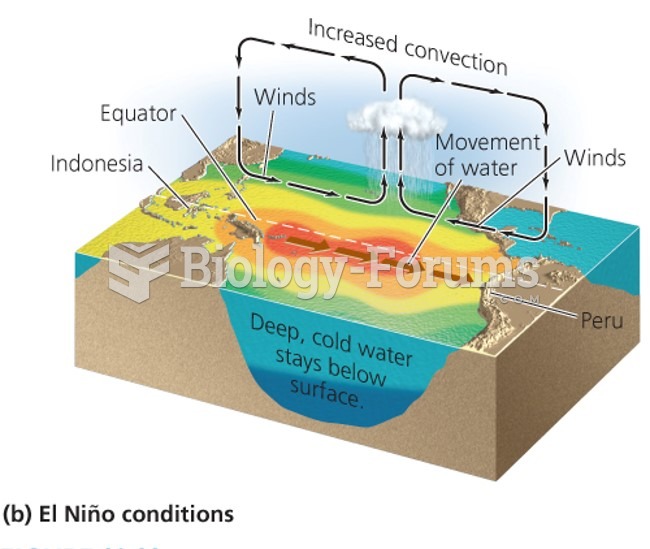Answer to Question 1
a
Answer to Question 2
1 . Data reduction. Here, the researcher seeks parsimony. Thus, the major objective is to reduce the number of pieces of information needed to interpret the data. Rather than analyzing fifty variables, we will find it simpler to analyze five factors. Furthermore, a data reduction approach helps identify variables that don't relate strongly to the other variables in the data set and as a consequence may not be so useful in understanding the data. Out of the fifty original variables, only forty may be needed to represent five factors. When data reduction is the primary goal, the analyst will likely choose a component-based factor analysis approach. We will describe this later in the chapter.
2 . Exploratory factor analysis (EFA) EFA is performed when the researcher is uncertain about how many factors may exist among a set of variables or which variables most represent which factors.
EFA procedures can overlap with data reduction, but EFA places more emphasis on the creation of composite factor scores, which are numbers that represent an individual respondent's score on each individual latent factor; they are determined as a function of the variables in a factor analysis. A summated or averaged scale is one way to represent a factor score on a given factor. Another way to compute factor scores is to use a factor analysis program to create scores. The program computes scores like we calculated predicted values in multiple regression. Each variable's contribution to the score is weighted proportionately to its loading. With EFA, the analyst uses these scores in other analyses meaning that EFA is not the end of the analysis.
3 . Confirmatory factor analysis (CFA) is entirely different as the researcher must have strong theoretical expectations about the factor structure before performing the analysis. CFA is the best single tool for assessing construct validity. One big advantage is that CFA provides a test of how well the researcher's theory about the factor structure fits the actual observations. CFA requires a rigorous approach to factor analysis






